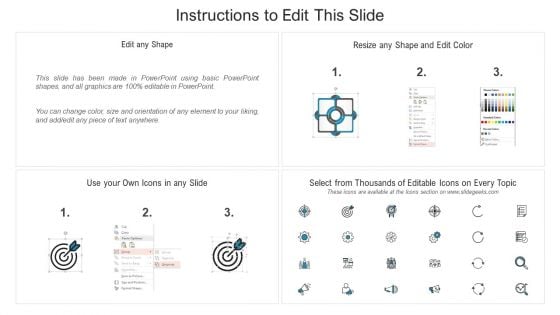A Guide to XHTML: Extensible Hypertext Markup Language
telcomatraining.com – XHTML (Extensible Hypertext Markup Language) is a web development standard that merges the flexibility of HTML with the strict syntax of XML (Extensible Markup Language). This guide provides an overview of XHTML, its benefits, and its applications, ensuring your content creation and web development align with modern standards.
What is XHTML?
XHTML stands for Extensible Hypertext Markup Language, a reformulation of HTML as an application of XML. It was developed by the World Wide Web Consortium (W3C) to address the limitations of traditional HTML, promoting cleaner, more consistent code across web platforms. XHTML combines the widely adopted features of HTML with the strictness of XML to ensure robust document structure and compatibility.
Why Use XHTML?
XHTML offers several benefits over its predecessors. Understanding these advantages can help developers make informed decisions:
- Improved Code Consistency
XHTML enforces strict coding rules, such as proper nesting and closing of tags. This ensures that web pages are structured correctly and are less prone to errors. - Enhanced Cross-Browser Compatibility
By adhering to strict syntax, XHTML pages are more likely to render consistently across different browsers and devices. This is crucial for maintaining a seamless user experience. - Future-Proofing Websites
Since XHTML is XML-based, it aligns with future web technologies, making it a safer choice for long-term projects. - Better Integration with XML Tools
XHTML documents can easily interact with XML tools and applications, expanding the possibilities for dynamic and data-driven content.
Key Features of XHTML
To understand why XHTML is significant, let’s explore its defining features:
- Case Sensitivity: All tags and attributes must be written in lowercase.
- Proper Nesting: Tags must be correctly nested. For example,
<b><i>text</i></b>is valid, while<b><i>text</b></i>is not. - Mandatory Closing Tags: All tags, including empty elements like
<img>and<br>, must be closed. For instance,<img src="image.jpg" />is the correct format. - Attribute Quotation: All attribute values must be enclosed in double or single quotes. For example,
<input type="text" />. - Root Element Requirement: Every XHTML document must begin with a
<html>root element and include a proper DOCTYPE declaration.
Transition from HTML to XHTML
Transitioning from HTML to XHTML requires some adjustments in coding practices. Here are the essential steps to ensure a smooth transition:
- Update the DOCTYPE Declaration
Replace the traditional HTML DOCTYPE with an XHTML-compliant one, such as:<!DOCTYPE html PUBLIC "-//W3C//DTD XHTML 1.0 Strict//EN" "http://www.w3.org/TR/xhtml1/DTD/xhtml1-strict.dtd"> - Validate Code
Use tools like the W3C Validator to check for errors and ensure compliance with XHTML standards. - Close All Tags
Ensure every element, including empty ones, is properly closed. - Use Lowercase Tags
Convert all tag names and attributes to lowercase for consistency. - Avoid Deprecated Elements
Replace outdated elements with modern, CSS-based solutions to align with current best practices.
Practical Applications of XHTML
XHTML is particularly useful in scenarios where strict code validation and compatibility are essential. These include:
- Web Development: Creating clean, maintainable websites that are compatible with various browsers.
- Mobile Development: Ensuring responsive and mobile-friendly web pages.
- Content Management Systems (CMS): Building templates that require robust and error-free coding.
The Future of XHTML
Although XHTML has largely been succeeded by HTML5, it remains relevant in certain contexts. XHTML’s strict standards are still valuable for developers prioritizing code quality and compatibility with XML-based systems. Additionally, many principles of XHTML have influenced modern HTML development, encouraging cleaner and more consistent coding practices.
Conclusion
XHTML represents a significant milestone in web development, offering a balance between flexibility and structure. Its strict syntax rules promote better coding habits, improved browser compatibility, and enhanced user experience. Whether you’re maintaining legacy systems or adopting best practices for future projects, understanding XHTML is an essential skill for web developers.
By following the guidelines and principles outlined in this guide, you can leverage XHTML to create reliable, high-quality web content that stands the test of time.







